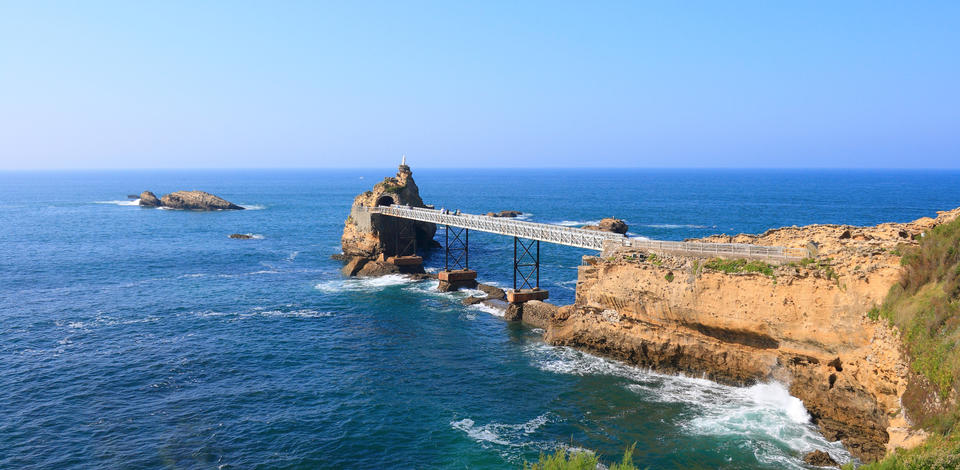The Bay of Biscay has seen multiple catastrophes in its waters since years, it is known to be one of the most dangerous routes and is mostly avoided by seafarers. The Bay of Biscay is bordered by the west coast of France and the north coast of Spain and covers an area of 86,000 square miles. As it lies in the Atlantic Ocean, some of the most violent weathers have been seen there.
The weather in this region of the Atlantic Ocean is the main cause of all maritime casualties. It is home to menacing storms, especially during winters. Depressions enter from the west very frequently and they either bounce north to the British Isles or they enter the Ebro Valley, dry out, and are finally reborn in the form of powerful thunderstorms. These depressions cause severe weather at sea and cause constant rainfall on its shores. Sometimes powerful windstorms form if the pressure falls rapidly, traveling along the Gulf Stream at great speed, resembling a hurricane and finally crashing in this bay with their maximum power, such as the Klaus storm. The late spring and early summers in these areas are cool and cloudy and large fog triangles fill the south-western part of the inlet. Even on seemingly calm seas, the ship starts rolling aggressively. This is caused by the internal tides that occur in this region, shelf-break mat often is a region of strong subsurface currents. It is suggested that these result from internal motions of the semidiurnal period, generated by the interaction of the surface tides with the shelf break topography.
For a long time stories about mishaps in this part of the sea have been going around. During WWII the German U-boats have witnessed many British and American vessels sink in these waters. The vessels that are unfit for extreme conditions can’t handle the rough weather and usually capsize.
Rescue missions of various vessels have been obstructed by high seas and gale force winds which are very common there. It has been stated that the new advancements and changes made to the ships to withstand such conditions and ensure the safety of its crew member and vessel resulted in fewer mishaps in recent years.
On 26 January 2016, Modern Express was en-route to Le Havre, France carrying a load of 3,600 tons of earthmoving equipment, trucks & logs. Heavy winds caused the ship to develop a 40° list while sailing on the Bay of Biscay 150 nautical miles off the coast of Spain. All 22 crew members had been safely carried to safety by two Spanish helicopters. An immediate rescue operation was needed because the ship, now adrift, was heading towards the French coast, carried by the strong current and wind. This caused great concern because there was a chance that it could run aground and cause an environmental disaster.
It has been stated that cargo ships are capable of surviving these waters unless the ship goes overboard with the established weights. In case of a power outage, the vessel will face serious trouble. If they are properly laden, they won’t experience any hurdles, a ship can often balance itself because of the heavy engines below the waterline but shifting cargo can create a problem. Also in recent years, the bay has seen very few such accidents.






